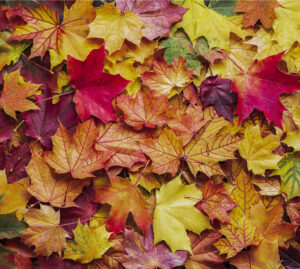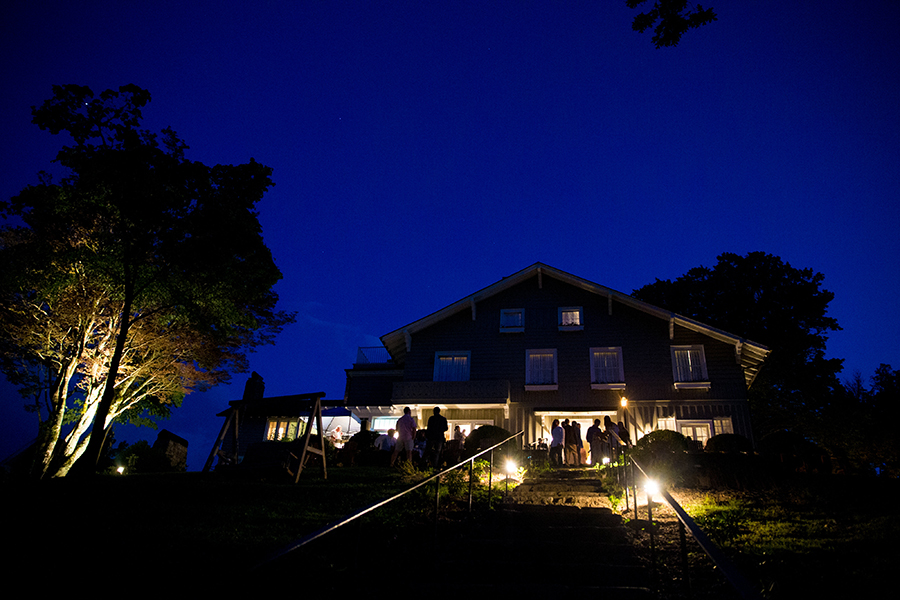The Science Behind This Colorful Season
As summer bids farewell and the days gradually grow shorter, nature paints a breathtaking masterpiece across the landscape. The vibrant greens of summer foliage transform into a mesmerizing array of reds, oranges, and yellows, creating a picturesque scene that captures the essence of autumn in Western North Carolina.
While coniferous trees like evergreens keep their green needles, deciduous trees with large, broad leaves change their color each fall. Chlorophyll is what gives our trees their luscious green color. In the shorter, darker, cooler days of fall, chlorophyll disintegrates, allowing brilliant red, orange and yellow hues to take form as a result of this annual chemical change. The phenomenon of changing leaf colors is not only a visual delight, but also a fascinating reminder of the intricate relationship between trees, seasons, and the environment. As chlorophyll production wanes and other pigments take center stage, the landscape transforms into a symphony of colors, evoking feelings of nostalgia, warmth, and wonder.
Leaf peepers travel far and wide to catch a glimpse of the beauty that engulfs The Greystone Inn during the fall months. Embark upon a leisurely walk through the property that envelops The Greystone during this breathtaking season, and take a moment to bask in the scientific marvel happening all around–a testament to the beauty and complexity of our natural world.















